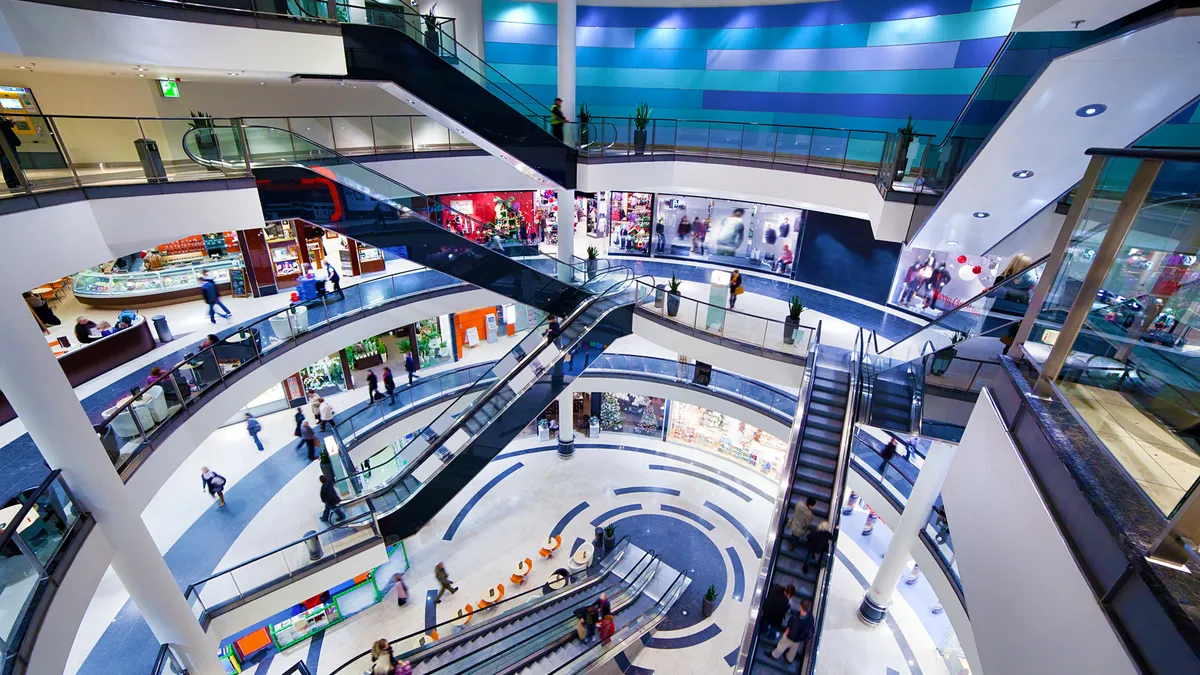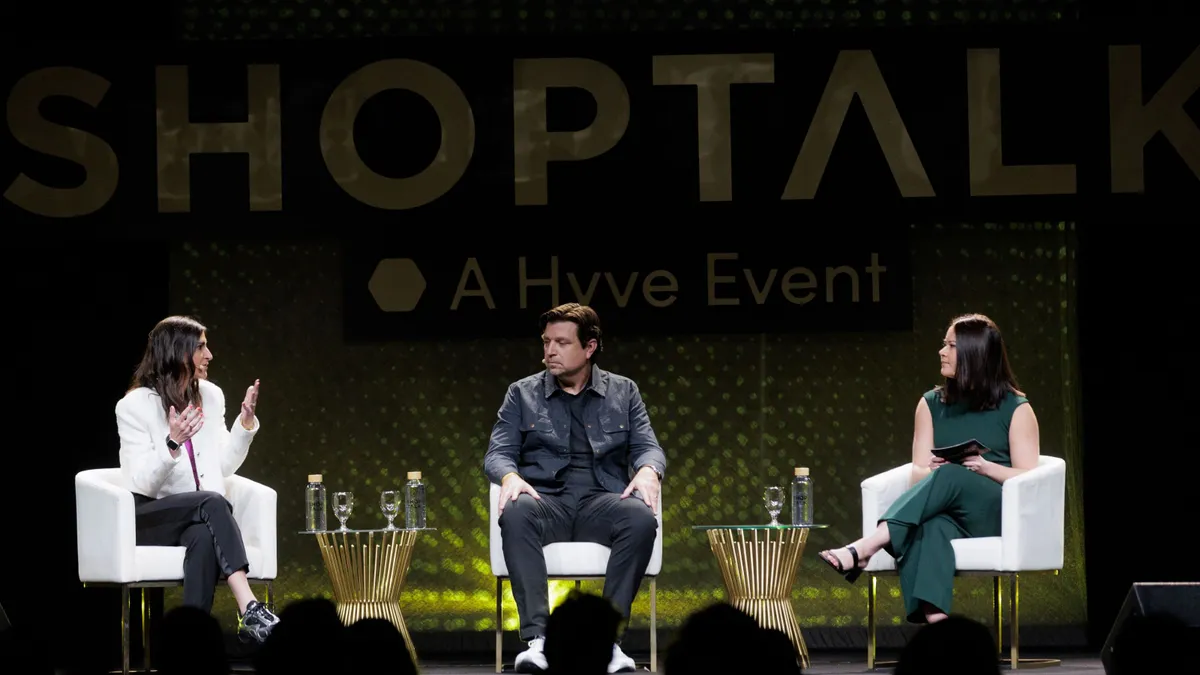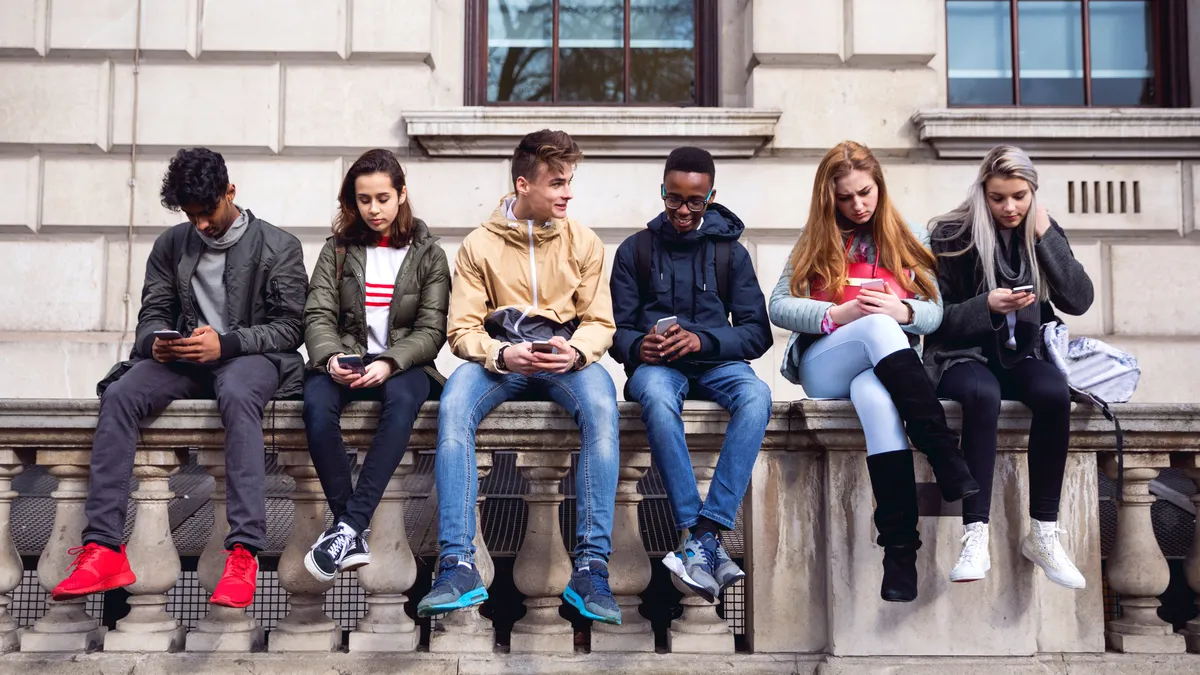Editor's note: The following is a guest post from Christopher Walton, an independent consultant and former vice president, Target Store of the Future.
I am often asked, "What is the store of the future?"
While I cannot predict the future, I do think we can be sure of one thing — the store of the future promises to be the Petri-dish love child from one hell of a swingers party.
That store will be the forward presentation of omnichannel ideas that answer the question, "Why come to physical stores to shop?" Technology will be important, but it will be so commonplace that it will be practically invisible.
Contemporary retail examples of this future already exist in bits in pieces, whether the retailers in question know it or not. So, indulge me, as we explore this future together.
What follows won’t be steamy, and the analogies made are all in fun to emphasize important points. So sit back, relax and have a little fun as I explore how the future retail trajectory hinges upon the single, most important ingredient to any successful party – the guest list.
Guest #1 — The Everyman or Everywoman
The first guest is the most vital. He or she sets the table for the party. This person needs to be someone with perfect hair, a great smile, charm and endearing wit — essentially someone we may even hate out of jealousy, but no matter how hard we try to convince ourselves otherwise, we still want to be him or her.
I am talking of course about the Everyman or Everywoman.
George Clooney is the perfect analogy here. The actor was on Facts of Life in the 1980s and ER in the 1990s. He is also an Oscar winner, humanitarian and he just recently sold his Casamigos tequila brand with Cindy Crawford for a cool $1 billion.
As the old saying goes, if my wife left me for George Clooney, I would applaud her for doing so.
So, who is the Everyman or Everywoman of retail? No surprise here – it is Amazon.
But Amazon is not the Everyman or Everywoman for the reasons we have come to expect. Sure, we know all about Amazon’s endless aisle and vast selection, but what is most intriguing about Amazon is their visual search technology within their mobile shopping application.
That technology has the potential to be so disruptive that anything we see within the physical world could become available for purchase on Amazon. In other words, the entire world could become Amazon’s storefront.
Amazon is not the only company that gets the punchline to this joke either. Many companies, like Slyce and even Pinterest, are experimenting in the visual search arena.
Regardless of who wins, there’s a good chance the physical world will soon become a new version of the point-and-click web browser to which we are already so accustomed.
Guest #2 — The Boy or Girl Next Door
Amazon is not enough to satiate our retail appetites. Visual search recognition is a great platform, but the store of the future will require far more capabilities on top of a scan-and-go visual search foundation.
So, we need to invite more guests to our party. We need what every red-blooded American wants – we need the Boy and the Girl Next Door.
This revelation also shouldn’t come as a shock — the retail equivalent of the Boy or the Girl Next Door is Starbucks.
Starbucks is important for two reasons. First, Starbucks is actually the store next door to consumers. Starbucks does a great job establishing itself as the "third place" in people’s lives – i.e. the place outside of work or home.
Second, Starbucks has the best mobile app technology for payments and ordering within physical retail right now — bar none.
The Starbucks app makes paying for anything at the coffee chain, no matter where we are in the world, simple and easy. We can order ahead, on our phones, or on our Alexa-enabled Echo devices, whenever and however we want. I have often even stood in long lines at Starbucks, pulled out my app, submitted my order for pickup, and lo and behold, my drink is somehow ready for me before I have even moved two spots in line!
Starbucks has created a nearly frictionless payment and ordering system that is completely within the customer’s control. Combine these capabilities with what we discussed regarding Amazon, and already we have the makings of a transformative omnichannel retail experience that is 100% consumer-controlled, as opposed to the retailer-controlled experiences we know so well today.
Starbucks, by way of its app, is essentially the pioneer in "choose your own adventure" retailing.
Guest #3 — The WTF Guest
The next person to invite is the mystery guest. We have all been there. We can’t put our finger on it, but every time someone like him or her shows up at a party, we start out thinking, "Who invited them?" but then a few hours pass, and suddenly we find ourselves saying, "Oh yeah. This could definitely work for me."
The WTF Party Guest is Bonobos.
Like any mystery guest, the Walmart-owned menswear retailer is intriguing, although we are not sure what to make of them.
There is one big reason why we should be happy Bonobos showed up to our party though — their guideshop concept.
Bonobos was the first penguin in the water on the omnichannel experiment, and their guideshop concept potentially changes the financial dynamics of retail.
For those unfamiliar, a Bonobos guideshop is essentially a showroom – customers can come into a guideshop, browse, touch and try products out while getting help from knowledgeable sales staff, but they never leave with a shirt or slacks. Instead, they select the product they like and ask for it to be delivered to their homes.
In a world where Amazon makes the economics of holding inventory in stores more perilous by the minute, this guideshop concept frees retailers from the constraints of old world retailing by allowing retailers to be more productive with their working capital and operational expense. Guideshops mean less inventory, possibly even less sales staff, and definitively more flexibility in creating inspirational merchandising that invites consumers to come back time and time again.
Walmart recognizes the above, which is why Marc-las (my mashup of Jet founder and current Walmart e-commerce chief Marc Lore and Walmart CEO Douglas McMillon) quickly wrapped their arms around Bonobos before any other partygoers could realize just how hot Bonobos really was.
While on the surface Walmart’s recent efforts may look more like an acquisition orgy, courtesy of Caligula, rather than a garden variety swingers party, the reality is that the $310 million Bonobos acquisition was an incredibly shrewd move.
Walmart is amassing its own guest list of the technologies we have discussed above (see Walmart’s recent interest in scan-and-go and mobile payment technologies), so acquiring Bonobos’ guideshop concept only supercharges their efforts.
Guest #4 — The Danger
Our fourth party guest is the guest we don’t like to admit that we want at the party. It is the guest we are not even sure we like. It is the guest that we know is bad for us and possibly even makes us to do all the work, but for some reason we cannot overcome our addictions to him or her.
The fourth party guest on our invite list is the Danger guest – Ikea.
If Dante rewrote The Inferno in 2017, he would have named Ikea his seventh circle of hell.
Think about it – customers walk into an Ikea, become lost and confused, eat meatballs for $1, and yet keep coming back. To top it all off, just like a Danger guest, Ikea even makes its customers do all the work - picking their own products from the warehouse!
It’s a brilliant design. Unlike almost any other retailer, Ikea has bifurcated their front- and back-of-house operations. Ikea’s showroom floor is, for all intents and purposes, no different than a Bonobos guideshop, while its back-of-house operation is kept separate from the sales floor, almost like an e-commerce warehouse.
This separation not only allows incredible inventory data accuracy, since products no longer transfer on and off the salesfloor from either customer or employee interactions, but it also opens a Pandora’s box of technological opportunity.
It is easy to imagine a world where a mobile phone becomes the remote-control replacement for Ikea’s pencil and paper ordering procedures and where automation technologies in the back-of-house enable Ikea to treat every customer’s desired product pick-up point like the front stoop of one’s home.
Drive up delivery? Sure. Ship to your home? Sure. Want your product to be waiting for you as you exit the store? Sure. They can do that do.
Meanwhile, the customer is left to browse the inspiration that most clearly catches his or her eye. It sounds scary and even, dare I say it, a little dangerous.
Guest #5 — The Italian
Finally, no party in the world is complete without Italians. Every party needs an Italian, for energy’s sake, if even just for their entertaining hand gestures alone (note: I am Italian, so I can say this).
In all seriousness, we need Italians at our retail party because casinos are the all-important fifth analog for the future of retail.
Casinos are the single best example of a business that still celebrates the joy of being in a physical place. It is hard to do the things we love to do at casinos within the confines of our own homes.
Casinos recognize this too – it is why they have an actual position called, "host." Casinos want their customers to feel like welcomed guests. Casinos know they will win in the long run. While gambling puts the odds forever in their favor, casinos never make extracting as much money as possible from their customers their end goal.
As a good buddy of mine in the casino industry once told me, "Casinos don’t care if their customers win or lose, their only concern is that their customers have a great time. Because that is what will keep their customers coming back through their doors."
Retailers can learn from this ethos. In the future, the smart retailer should not care whether customers purchased an item on a given trip or not. The smart retailer should only care whether its customers had a great time and that they yearn to come back again and again.
The retailers that focus on the experience of retail and the concepts that one cannot recreate in one’s home, empowered by technology, will be the retailers that survive in the long-run.
Put it all together
The store of future is not some "way out there" concept. Sure, it will be different from what we know today, but ultimately whatever transpires will be something we can all easily understand over time.
Whatever the blend – whether it be one-part Amazon, one-part Starbucks, one-part Bonobos, one-part Ikea, or even one-part casino – we can all be sure that more than likely the answer is already right in front of our eyes.
We simply need to be willing to adapt to the likely changes ahead.






















